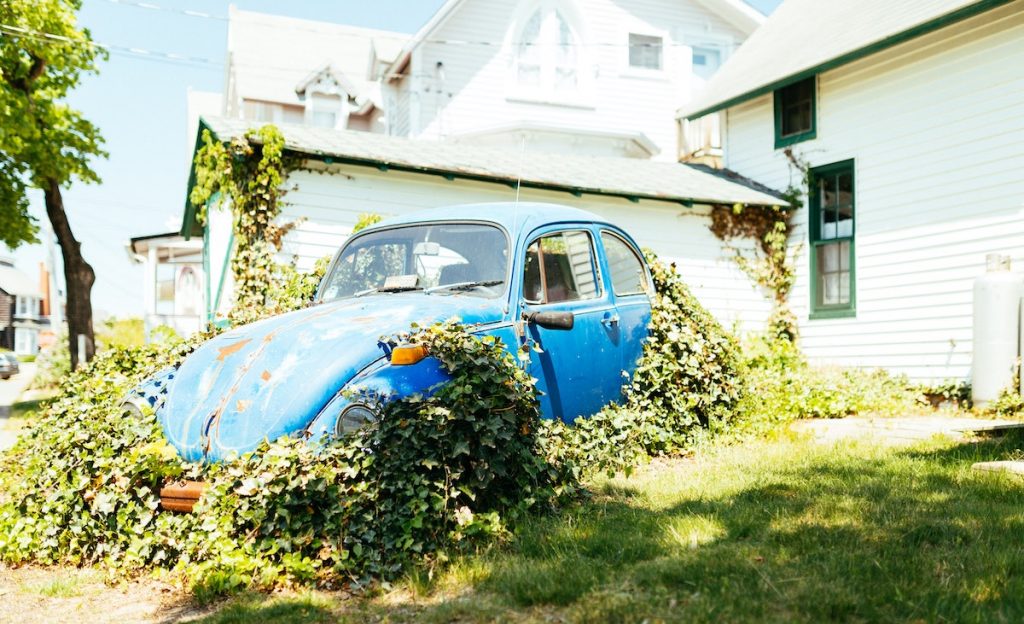The classic Volkswagen Beetle is an excellent car for customizing, with each one having a unique story to tell. Restoring a Beetle is a satisfying experience, but it takes time and patience to get to the final result, making the whole process even more rewarding — giving you a functional classic car and valuable asset in one package.
But before you dive in, consider the following tips for a smoother and productive Beetle restoration process.
Thoroughly Inspect and Check for Rust Spots
Inspect the Beetle thoroughly from top to bottom to see immediate parts you need to repair and replace, such as the boot, engine compartment, and under its chassis. If you aren’t confident about your capability to find every possible issue, take your car to an auto repair shop that specializes in diesel engine services. This way, your car gets a proper evaluation.
Additionally, rust is quite common on classic Beetles and typically needs replacement. The most common repair areas include floor plans, heater channels, firewall and fenders.
Take it for a Test Drive
After checking for the parts, if it’s fit to drive, take it for a spin. When driving, watch out for any strange noises, odors, or movements. If you think there’s something wrong, take it back for an inspection to determine the most necessary repairs you need to make first.

Determine How Far You’re Willing to Go
After seeing the repairs you Beetle needs, determine how much you want. There are different levels to this. The first one is the “driver restoration” level, where you need to replace all the Beetle’s functional parts and only make minor cosmetic adjustments. However, if you really want to restore it to its former glorious condition, go for a “concours restoration,” the highest restoration level possible, ideal for auto shows and collectors. It restores everything to the littlest detail, which is the best option for a classic car like the Beetle.
Work Your Way — Down
When you have determined how far you’re willing to go with the process and what you want to change, don’t overthink and start restoring. If you have the expenses, begin with the most expensive parts that require professional help, like the engine, to speed up the process. Once you have them out of the way, all you need to do is tackle the smaller repairs like window and headlight replacement.
Working your way down allows you to deal with the bigger and more time-consuming issues first, speeding up the process while ensuring you get every detail right.
Dedicate a Day to Brake System Rebuild
An air-cooled Beetle had four wheel-drum brakes until 1971, making them prone to softening brake pedals and leaking cylinders, so make sure to check for these issues. Also, see the brake fluid if it has moisture, swollen brake hoses, and brake lines. Since the brakes are essential for the car and driver’s safety and that Beetles have complex brake systems, it’s best if you dedicate a day or two for this to ensure smooth cruising and optimal protection.
Remember that a Volkswagen Beetle restoration project is never finished — it’s an ongoing process. After following the tips mentioned and you’ve begun restoring, stay on top of maintenance to ensure it would last for a lifetime.

